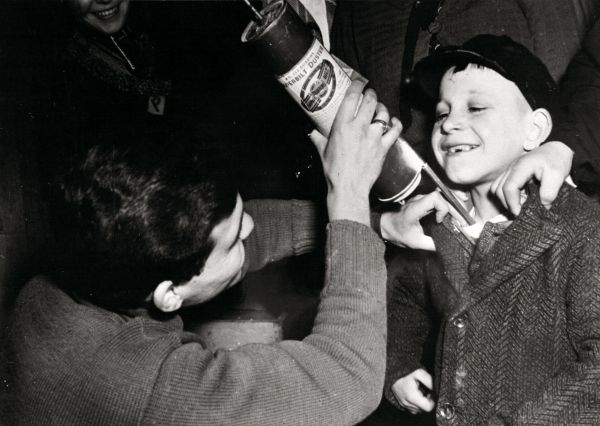Poly Hive
Queen Bee
- Joined
- Dec 4, 2008
- Messages
- 14,097
- Reaction score
- 401
- Location
- Scottish Borders
- Hive Type
- National
- Number of Hives
- 12 and 18 Nucs
Did he say it?
Seems not.
http://www.gelfmagazine.com/archives/albert_einstein_ecologist.php
Another net myth.
Best vocal clip I came across was lady to hubby... are you coming to bed... sound of furious typing, "in a minute dear some one is wrong on the web!"
PH
Seems not.
http://www.gelfmagazine.com/archives/albert_einstein_ecologist.php
Another net myth.
Best vocal clip I came across was lady to hubby... are you coming to bed... sound of furious typing, "in a minute dear some one is wrong on the web!"
PH






